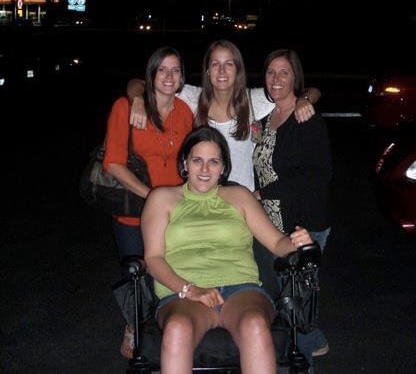
National Mental Health Month: A Story of Healing Through Expressive Writing
Written by Tara Imperatore Each year, millions of Americans face the reality of living with a mental illness. May is a time to raise awareness of

Written by Tara Imperatore Each year, millions of Americans face the reality of living with a mental illness. May is a time to raise awareness of

Many people are curious about Emotional Freedom Technique (EFT), also called Tapping. Tapping is a tool anyone can use to help them deal with difficult

The Imagine Project became a nonprofit a little over 5 years ago. We have grown tremendously in those 5 years, currently reaching over a quarter

Transitioning to a Trauma Informed School has become an important movement across the United States, particularly in those schools with a high population of at-risk

All educators are anxiously awaiting what this fall might look like. Some still aren’t sure if kids will be in the classroom or virtual—and things

Numerous studies have been conducted that reveal just how much stress today’s kids are under. Sadly, we see it every day revealed in bullying, anxiety,

Every parent wants the best for their children. We work hard at making sure they eat right, do well in school, get enough sleep, etc.

Step 7 of The Imagine Project writing activity is a 30-day Gratitude challenge. We ask students to write down 3 things they are grateful for

As parents and teachers we often see our kids struggling with issues that challenge their ability to cope. It may be keeping up in school,

Are you looking for tools to help kids/students with stress and trauma? Unfortunately, stress and trauma are common issues kids and teens must deal with



The Imagine Project, Inc. is a 501c3 organization, we appreciate your continued support helping ki

Join our community to get the latest tips, exclusive offers, and updates straight to your inbox. Don’t miss out—subscribe now and be the first to know!